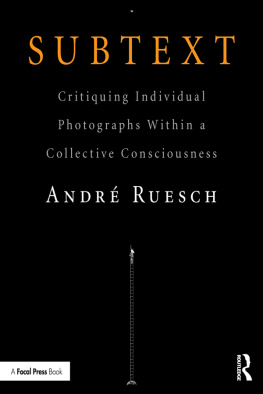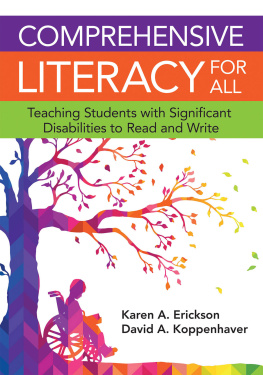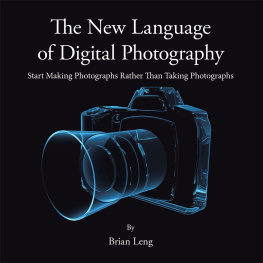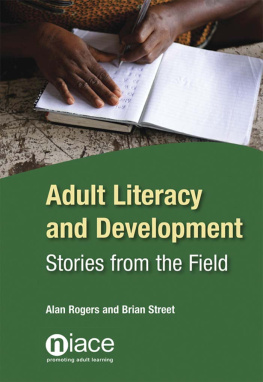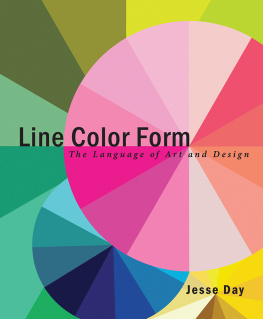Subtext
Subtext invites and encourages personal and blatantly subjective responses to photographs and analyzes the drivers behind them. During decades of participating in critiques as both student and teacher, Andr Ruesch has become convinced that it is the personal response to work that connects us in the most visceral and meaningful way. This book aims to encourage and educate viewers how to read and understand photographs on a deeper level, honoring and validating their responses to photographs. This book seeks to vitalize students in the photography classroom. Rather than a dense tome of theory, this is an accessible guide to taking individual ownership ofand enjoyingthe visual experience.
To be visually literate is comparable to being linguistically literate. Such literacy is necessary to engender a deeper understanding and valuation of culture: both types of literacy create, enrich, define and historically document the expression of one individual to be shared by all.
Andr Ruesch has been an active photographer for over thirty years. After receiving a BA in photographic studies at Edinburgh Napier University, Scotland, he moved to Albuquerque to receive his MA and MFA for graduate studies in photography at the University of New Mexico. While there, his main mentors were Patrick Nagatani, Betty Hahn, and Eugenia Parry.
Rueschs work has been internationally exhibited in museums and galleries and published in the British Journal of Photography, Art in America, and Asian Art News among others.
He lives in Massachusetts, where he is a Professor of Photography at the Lesley University College of Art and Design.
Subtext
Critiquing Individual Photographs within a Collective Consciousness
Andr Ruesch

First published 2018
and by Routledge
711 Third Avenue, New York, NY 10017
and by Routledge
2 Park Square, Milton Park, Abingdon, Oxon OX14 4RN
Routledge is an imprint of the Taylor & Francis Group, an informa business
2018 Taylor & Francis
The right of Andr Ruesch to be identified as the author of this work has been asserted by him in accordance with sections 77 and 78 of the Copyright, Designs and Patents Act 1988.
All rights reserved. No part of this book may be reprinted or reproduced or utilised in any form or by any electronic, mechanical, or other means, now known or hereafter invented, including photocopying and recording, or in any information storage or retrieval system, without permission in writing from the publishers.
Trademark notice: Product or corporate names may be trademarks or registered trademarks, and are used only for identification and explanation without intent to infringe.
Library of Congress Cataloging in Publication Data
A catalog record for this book has been requested
ISBN: 978-1-138-88606-3 (hbk)
ISBN: 978-1-138-88607-0 (pbk)
ISBN: 978-1-315-71485-1 (ebk)
Typeset in Times New Roman and Helvetica
by Florence Production Ltd, Stoodleigh, Devon, UK
I
Dedication
For Kristine, Max, Evan, and Isabelle
In memory of Lilian and Sam
II
Quotes
The problem with conformity in education is that people are not standardized to begin with.
Sir Ken Robinson
Also, why did you feel the need to write it? Youre an inspiring, highly intelligent teacher. And anyway, one never learns photo or anything worth doing from BOOKS. Take yourself as the best example of that!
Eugenia Parry, writer on photography
III
Contents
III Contents
IV
Foreword
The following interview took place on August 6, 2016, the 71st Memorial Anniversary of the dropping of the Atom Bomb on Hiroshima, Japan, by the United States of America. The interviewer, Ryoichi, is a longtime friend of Patrick Nagatani. Ryoichi has relatives in a farming community outside of Hiroshima. He earned his M.F.A. degree from the University of California Los Angeles in 1980.
Ryoichi: Both of us have read many chapters in Andr Rueschs book and I am interested in how you were chosen by Andr to write the foreword. Can you elaborate on this?
Nagatani : Certainly. I taught in the visual arts and primarily in photography for 38 years. Twelve years at Hamilton High School in Los Angeles, and at various junior colleges and Fairfax High School adult classes. I ran the photography program at Loyola Marymount University in Los Angeles, taught for a semester as a visiting artist at The School of the Art Institute Chicago, and did two stints as a visiting artist at The University of Hawaii and the University of Nevada Las Vegas and for 20 years I taught photography as a Regents Professor at the University of New Mexico. In addition I did numerous short visiting artist gigs nationally. At all of the institutions I met with graduates and undergraduates and critiqued their work. I served on several national art-granting committees, most notably the California Arts Council and the last National Endowment for the Arts Individual Artists grants. I am retired now but still meet with graduate and past students about their work.
I chaired Andr Rueschs graduate committees while he earned his MA and MFA from the University of New Mexico. He challenged me with his brilliant work and writing throughout his studies. We remain as friends and colleagues to this day. He has graciously written a chapter in my upcoming novel, The RaceMagic in the Sky. I have read many parts of his book and am honored to write this Foreword.
Well it does seem that you have done a lot of critiques in your career and your closeness to Andrs life and work makes you a good choice to write this introduction. I am curious as to what value you generally and personally see in a book of this nature?
For over 40 years of reading everything I could concerning photography, which included reviews of work in all the mass media art venues, and critiques of student work, I am and have been terribly disappointed with the regular jargon of art words that at times can easily fit into anyones work. Feedback is usually rushed, formalistic, mediated, and derivative. It is also often safe, yes encouraging and compassionate, but sometimes without rigorous analysis. I remember the last review in my MFA program where the entire faculty walked through looking at my work. A famous faculty artist, whom better remain nameless, had not said a word about my work in 4 years of reviews. This last time, after looking at what I put up, he turned around at the door and said, Make them bigger. So much for critical feedback.
There are not a lot of good critique books written for educators and writers. Andrs writing and critiques fill a huge gap in the nature of feedback that young and old educators and writers should read and benefit from. I do want to get back to this question at the end of this interview.
What specifically is unique in Andrs critique and writing thoughts in this book?
A college friend once told Andr that he was more of an intellectual than an academic. I disagree in that I believe Andr is an intellectual multicultural educator as well as an artist. In this book he puts all of his strengths together in critique analysis. He has the ability to provide a perspective from different cultural viewpoints and he applies this in his open critique of images. Most important is the fact that he is so well read. His knowledge of photography, history, religion, socio-political issues, and various cultural gender issues is applied in connecting thoughts. His critique weaves together ideas in honest and risk taking analysis.

